Alex Ross‘ Fantastic Four – Full Circle wastes no time blowing minds. From the first panel, it’s clear that Ross’ grip on comic book storytelling is stronger and more assured than ever. There’s a twist, though. The artist, known for his realistic style, instead commits to an aesthetic that pays homage to a time when the superhero genre was much younger and the greats were just getting started.
Full Circle returns to an early Jack Kirby/Stan Lee FF story, this time with Ross pulling double duty as both artist and writer. The plot itself is straightforward: Ben Grimm, Johnny Storm, Sue Storm, and Reed Richards enter the Negative Zone to stop a swarm of parasites invading the Baxter Building.
Full Circle separates itself from Ross’ earlier works in several immediately obvious ways. The first is that he has deviated from his signature style. The second is that he’s writing and drawing the book himself, marking his first long-form work as a solo comic writer. But let’s back up just a tad. To discuss Ross’ present, we need to touch on his beginnings.
His first major work, the 4-issue Marvels (1994), packaged decades of Marvel canon into a beautiful book about humanity learning to live among (and around) gods. The This seminal book framed superheroes as beings whose derring-do forced our eyes skyward, evoking an awe that stopped us cold and enforced humility. Writer Kurt Busiek brought out the very best in Ross; his script, by virtue of what it was, demanded angles and perspectives that hadn’t been done this way yet. The story was ruthlessly hypothetical, an assertion that we would be helpless against these super-beings if they decided to take us down a peg or three. And Ross, in his now-famous style and with no small amount of talent, made that assertion ring true.
Kingdom Come for DC Comics was just as good — if not better — as an epic and a showcase for Ross as a visual storyteller. Aided by Mark Waid’s inspired scripting, Ross painted heroes as unwitting agents of destruction, consequences in capes who needed to take responsibility not just for who they were protecting but how they were protecting them. Again, super rich thematic territory that resulted in one of the hardest-hitting books DC has ever published.
Full Circle works simpler magic. Kingdom Come and Marvels encapsulated decades’ worth of mythology and examined the interplay between ordinary people and superheroes. Rather than wax poetic about deeper things, Full Circle is a straightforward celebration of Marvel’s first family. Ross structures the story so that he can really flex his new artistic approach; he rightly recognizes the Negative Zone as the perfect space to explore the trippier corners of the Marvel Universe. It’s in these sequences — which thankfully span many, many pages — that he’s able to distance himself from his previous works. The final product is every bit as gorgeous as an Alex Ross book should be.
Here, Ross crafts a transportive experience that is perfectly content with being a one-off. Without the pesky tethers of current canon, Fantastic Four – Full Circle is free to be as wacky and different as it likes. He may loosely connect it 1966’s “This Man…This Monster” arc from Lee and Kirby’s initial run, but the book is still very much an Alex Ross endeavor.
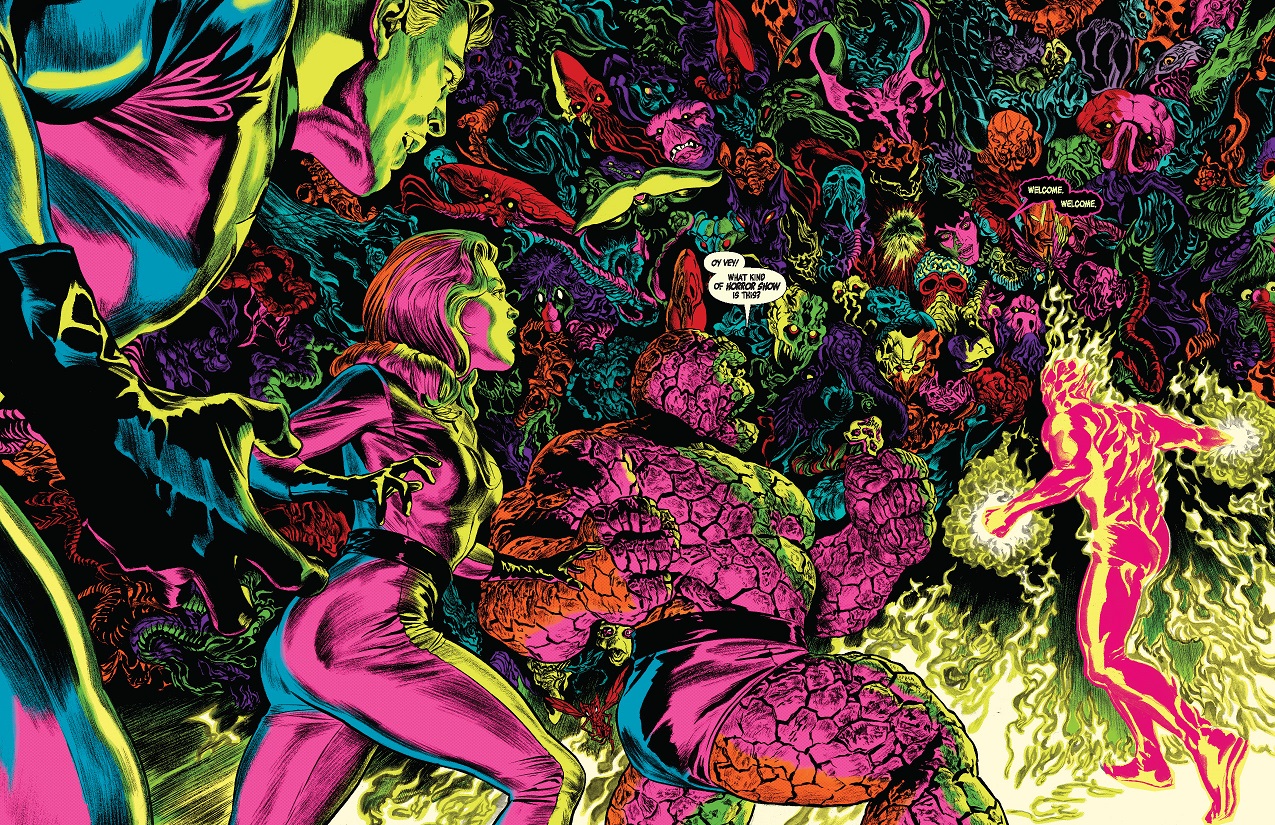
Bolstering the project further is its format. Because they don’t have an in-house prestige imprint, Marvel teamed up with Abrams Arts to help showcase Ross properly. It was a smart move, too. This blown-up format allows Ross to further indulge this new style and craft a story that’s as big, bold, and beautiful as the pages upon which it’s printed.
In a big-picture sense, Fantastic Four – Full Circle does what many great comics do — it bridges past and present in a way that respects both. In fact, Ross is so successful at imitating a Silver Age aesthetic that it takes time stamps in the form of movie references to remind us that this is a modern comic book (“Let’s get to the bottom of this Ridley Scott nightmare!”). Through it all, however, the souls of the character remain every bit as endearing and important as they were in the ’60s, and Ross does a bang-up job illustrating why.
Fantastic Four stories haven’t been this good in years. It’s almost impossible to extricate Marvel’s first family from their sci-fi roots, and the least successful interpretations of these characters are the ones that don’t tap into the built-in appeal of the “family first, superheroes second” idea in which these stories are grounded.
Ross is able to wow us because he knows why we love these characters. Every pop-art panel reflects his profound respect for the medium, a deep comprehension of what makes comics the beautiful, unfettered, singular art form they are. Unlike his previous projects, though, Full Circle sees Ross telling a story from a different angle, through a different style. Ross has delivered a book that pays its respects to the comics that defined the genre and we couldn’t be more thrilled.
Fantastic Four – Full Circle is out now, and can be purchased online.


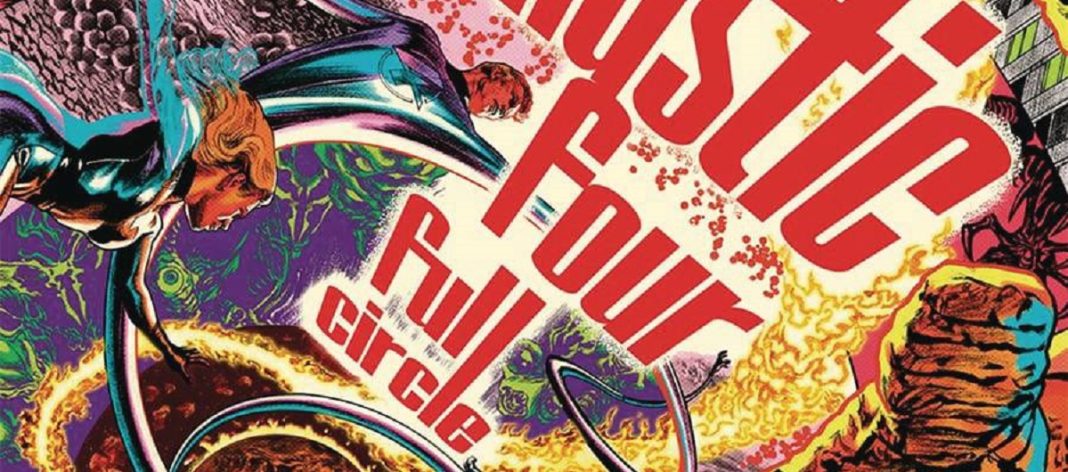
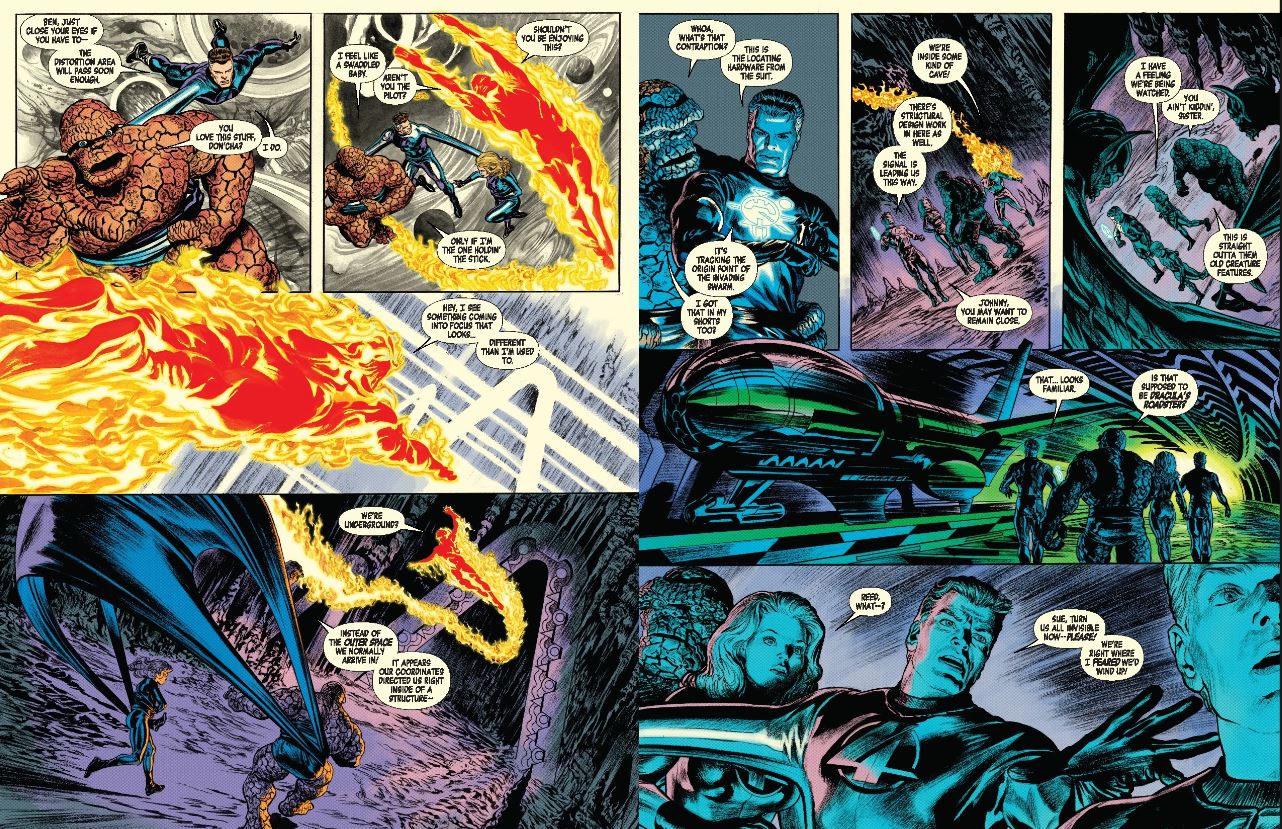
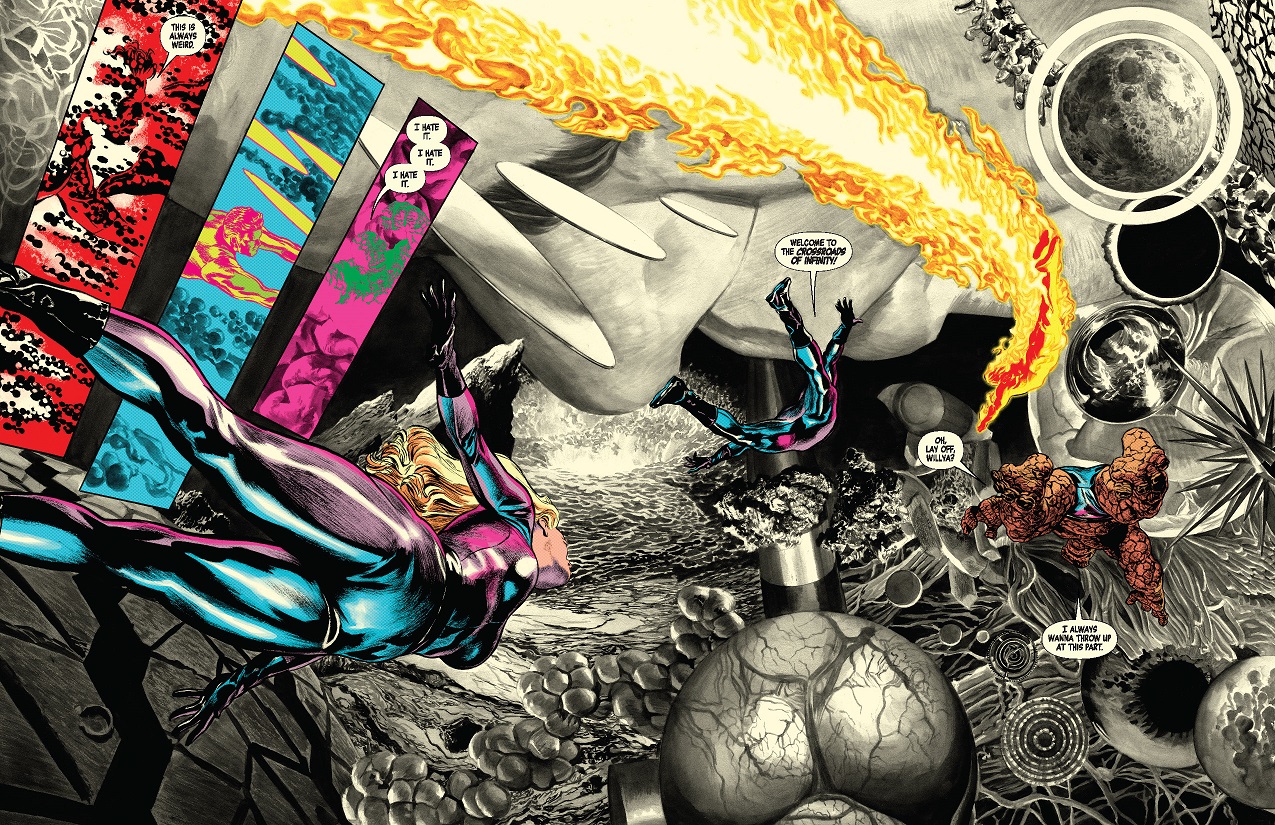
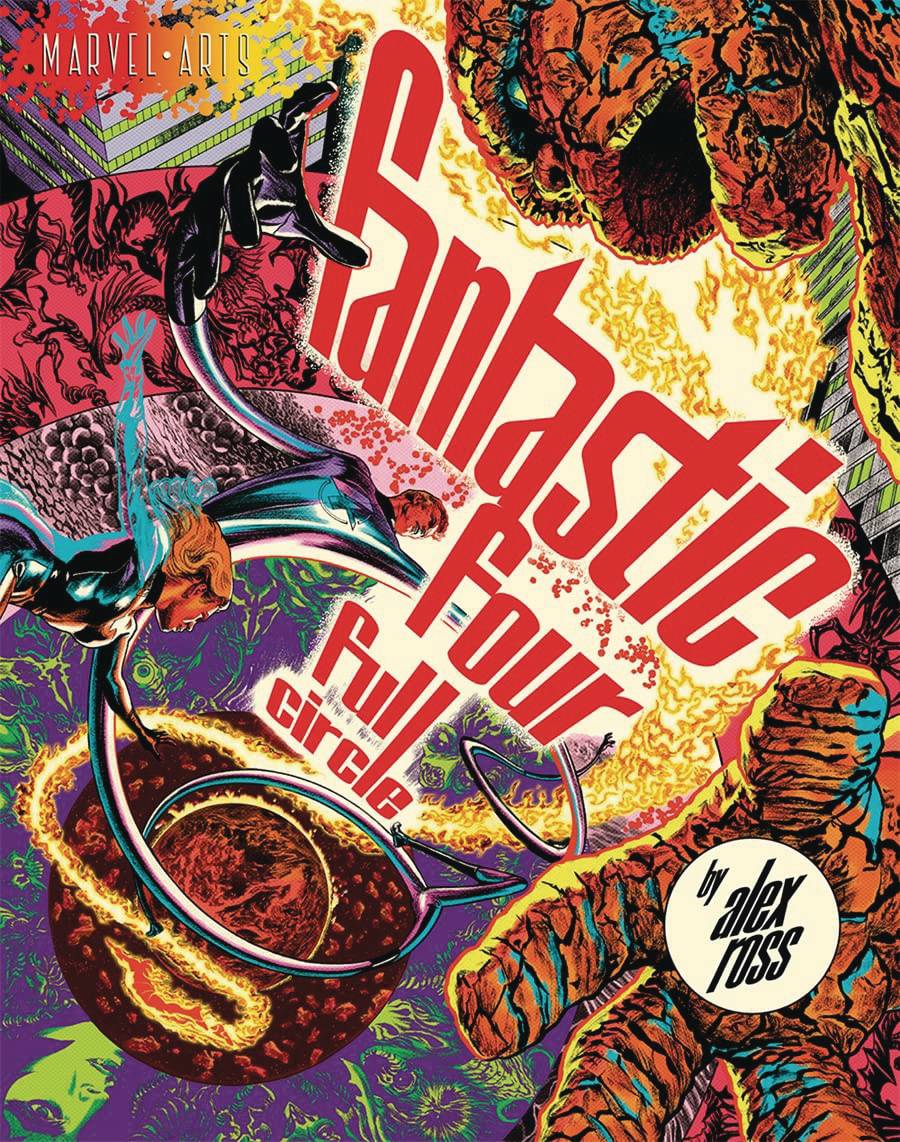

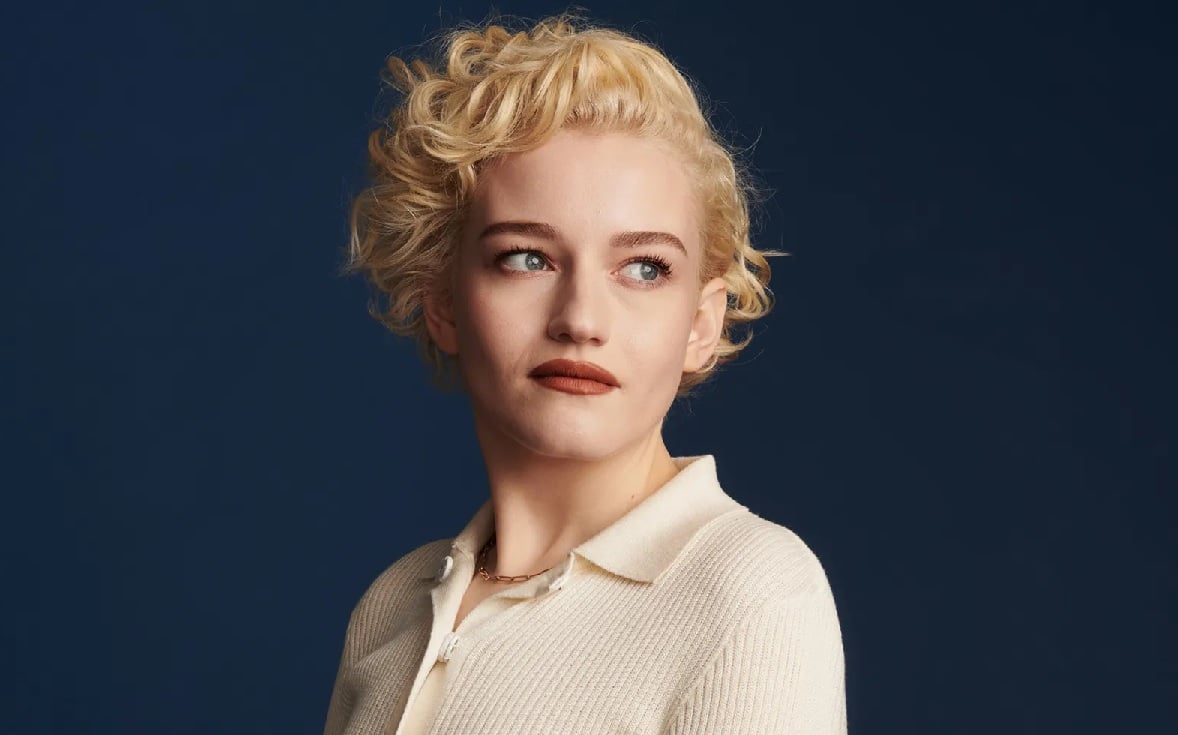
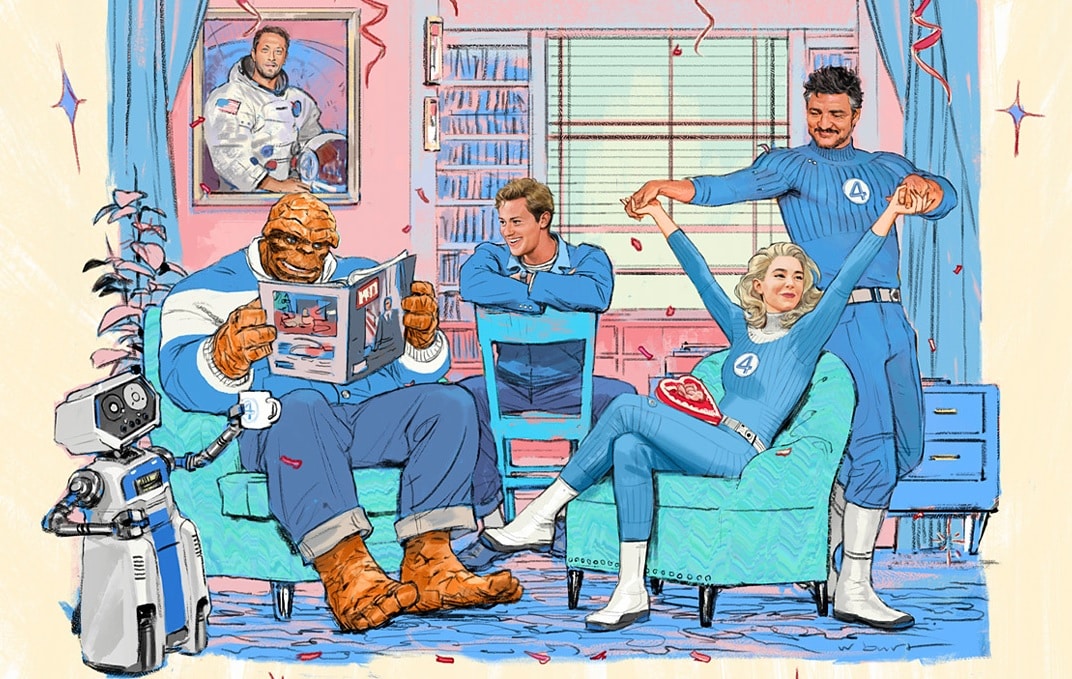


Any insight on what the future holds for these new GN collaborations between Marvel and Abrams Arts? Who’s being showcased in the next one?
~
Coat
Comments are closed.